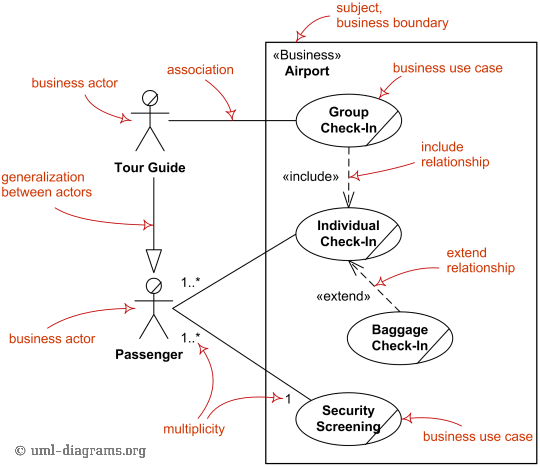


Now that you have completed both of your SIS functional model and structural model, you are ready to complete your consulting job by creating the SIS behavioral model.īased on your SIS functional model and structural model, create an SIS behavioral model consisting of the following: Create UML behavioral models that are clearly articulated, based on functional and structural models.Create UML structural models that are clearly articulated, based on functional models.Create UML functional models that are clearly articulated, based on software system requirements.Apply object-oriented techniques and methods in analyzing and designing software systems.In this assignment, you will demonstrate your mastery of the following course outcomes: The three final submissions are Part I: Functional Model (submitted in Module Four), Part II: Structural Model (submitted in Module Six), and Part III: Behavioral Model (submitted in Module Eight). Through the milestones, you will have an opportunity to gather feedback first before you submit final versions. Additionally, at each stage you will validate and verify your design, explain how you arrived at it, and reflect upon your process and lessons learned. Each part focuses on a different stage in the development process and will be completed in sequence throughout the course. Specifically, the final project is divided into three different parts, which will each be submitted separately. With this information, you will need to design the software system by applying object-oriented techniques and methods and UML modeling. You will be provided with information about the system, its business context, and its requirements. The SIS should keep track of students' information and their course registrations. You will have the opportunity to apply, practice, and receive feedback on how software systems are designed using object-orientation and Unified Modeling Language (UML) modeling.įor this assessment, you will assume the role of a consultant tasked with designing a Student Information System (SIS) for a small college that offers both online and face-to-face classes.

This final project resembles a typical development project of an actual software designer or software architect. Throughout the course, you have developed the skills required of a software architect-a role that is in high demand in the software industry. IT 315 Final Project Part III Guidelines and Rubric


 0 kommentar(er)
0 kommentar(er)
